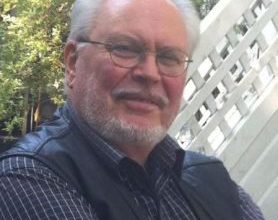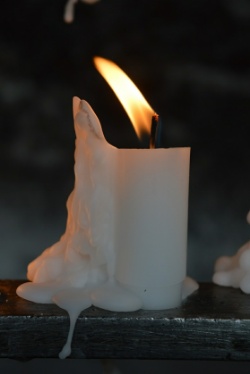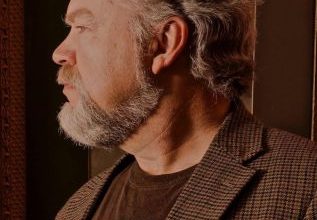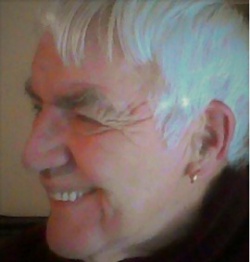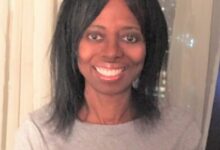Poetry: Shrove Tuesday by Chella Courington
Shrove Tuesday
by Chella Courington
She was used to sleeping alone, shoes shuffling in rooms above, cinder blocks painted red around her. It wasn’t knowing, as she always knew, how love ripped with use like paper sacks: two or three tomatoes could nestle unseen, six would tear fibers, rupture the sides. She read that a girl barely fifteen swaddled her infant in creamy tissue from department store boxes stacked in the alley and lay the infant on the steps of St. Patrick’s Cathedral in Manhattan. Overhead, revelers loosened planks, emitting screams of delight. Underneath, the woman in bed understood that even a child could bring no solace.
About the author
Chella Courington is a writer and teacher whose poems and stories appear in numerous anthologies and journals including Spillway, The Collagist, and The Los Angeles Review. Her novella, Adele and Tom: The Portrait of a Marriage, is forthcoming from Breaking Rules Publishing. Originally from the Appalachian South, Courington lives in California with another writer.
Website:
Read more poetry on Flashes



